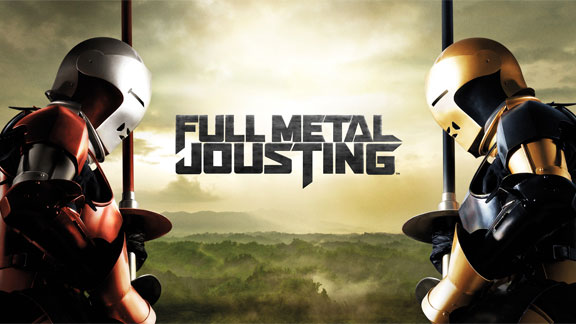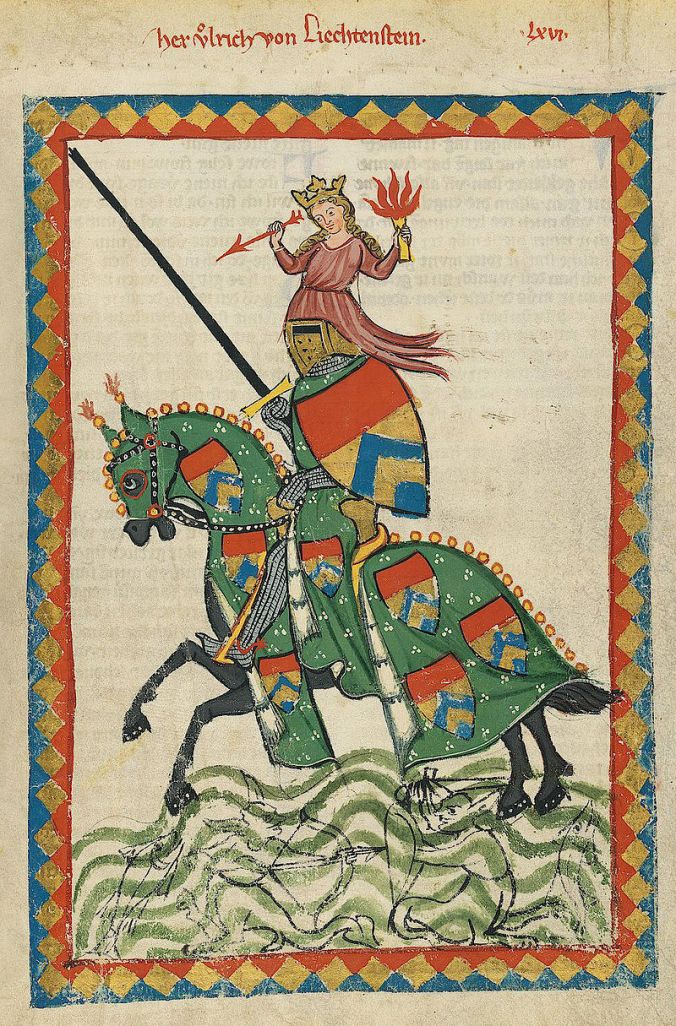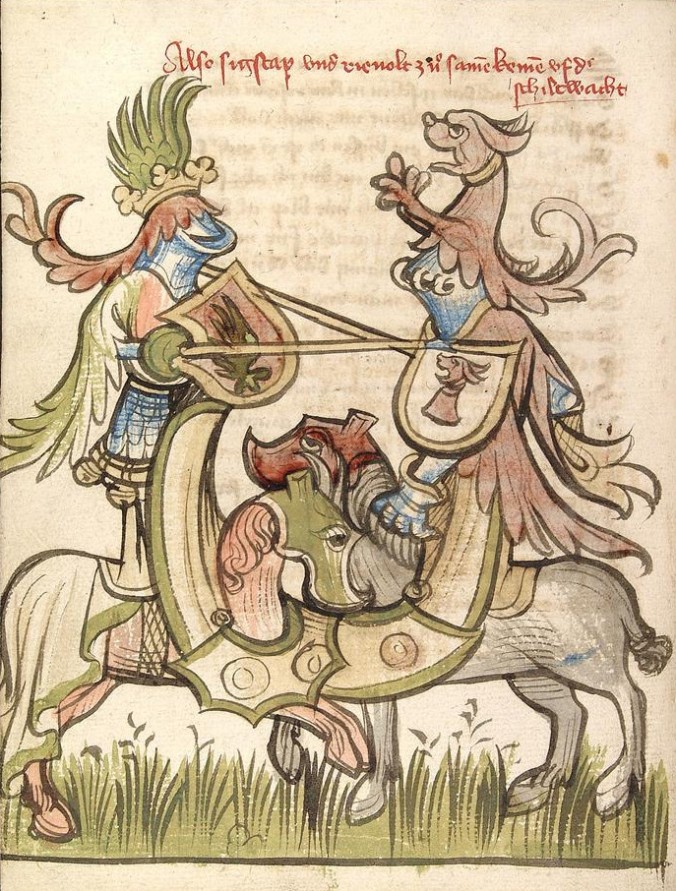Since this is the last week of class, as well as the final round of blog posts, I wanted to sum up our findings and observations we have concluded of the middle ages through this course. Specifically, how far we have come from blindly to stating “the medieval were just dark times” to analyzing the complexity this time period enfolded.
If one were to do a quick google search of the word “medieval today,” the results would generally fall under two categories: an article reporting new/updated research that uncovered something during the middle ages or an article reporting how this modern event or actions relates to the middle ages. The latter part uses a range of elements from the middle ages as a point of reference. These promising articles include headers detailing how we are either in a better or worse state than our former counterparts. Yet, when reading these articles, we no longer can excuse ourselves of agreeing with writers and actors who ignorantly say something is medieval and leave it at that. Instead, I presume that we put our skills we picked up on our class to the test and go through a mental process of sorts:
“Oh this article is trying to connect this [include recent event/action/moment] to this dynamic we talked about in this course. It claims ‘…insert direct quote’ but does this really make sense?”
This is just one variation of how you might begin to analyze, but my focus is the moment where we do not allow ourselves to excuse these writers and instead ask the questions. Is what the author claiming historically accurate or another anachronism, how the majority of the population thought the middle ages went down? Are they making sense? But, really does it make sense?
Week after week, we watched and read works that at moments seemed so far the realm of possibility, we had to accept it as another’s interpretation of the medieval. Some may point out that these modern-day news articles is another of the writer’s interpretation of the medieval. I come ask myself if this is acceptable continuation of fabrication the medieval of what is not? Moving past the point of how a work is not claiming to be historically accurate, we should definitely cast a broader dialogue of the connections to the complex period we have only just begun to study. The modern day population have some beliefs (medieval = barbaric, unclean, violent) that have been exploited and retold over and over by the media. I leave it open to you of how we could start talking of how misguided we can be when it comes to this period in history.







You must be logged in to post a comment.